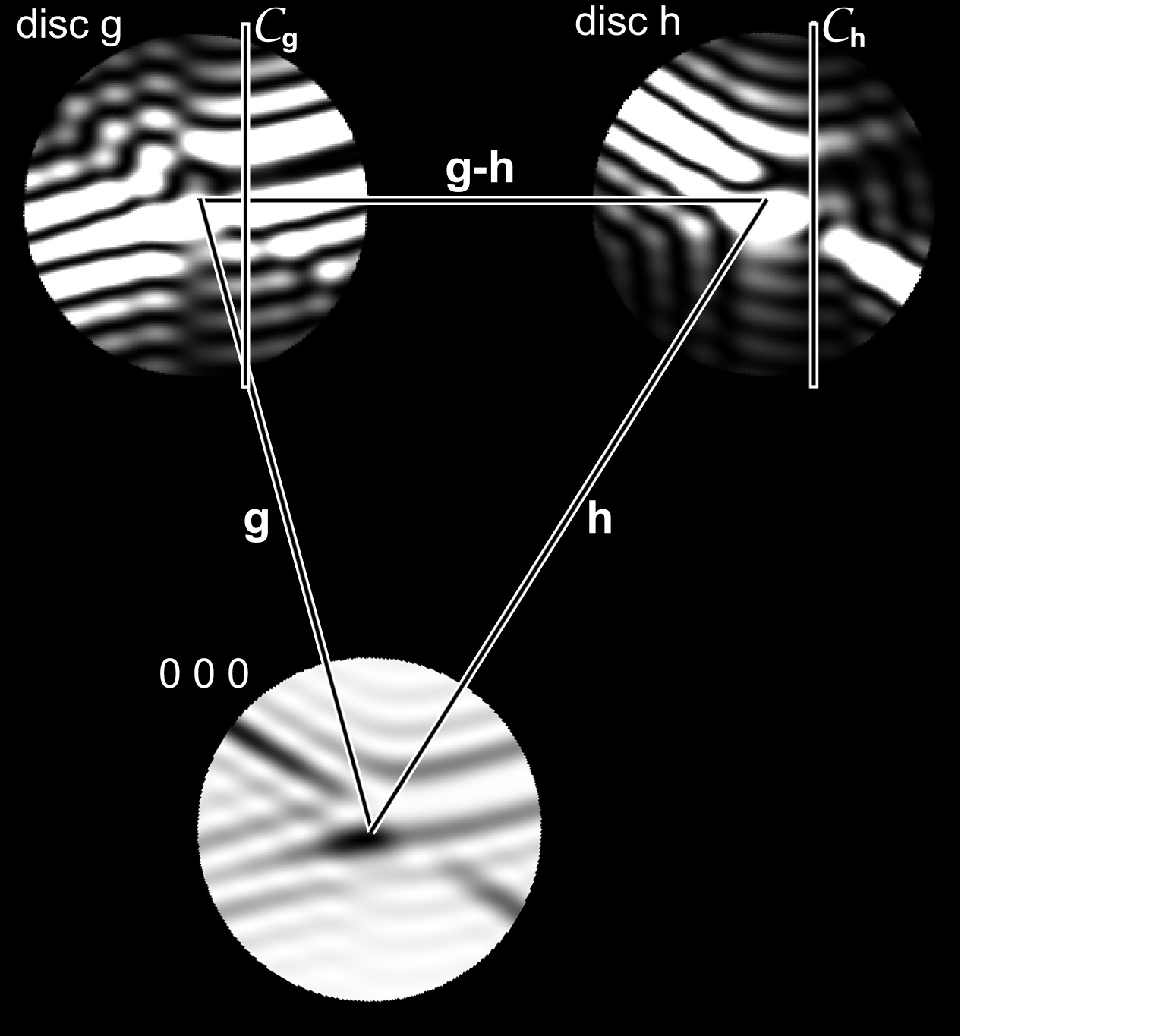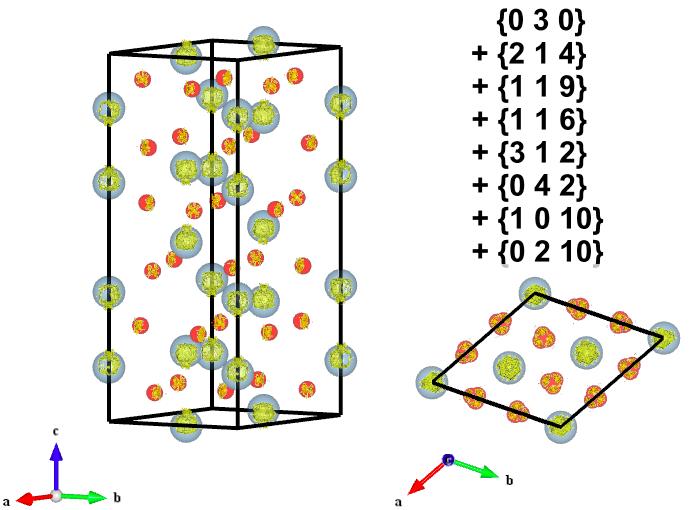IT-9-O-2948 Direct determination of atomic structures from the observation of phase
To determine a crystal structure, we need to determine the amplitude and phase of its structure factors from the intensity in its diffraction pattern. However, phase information is either missing or extremely difficult to extract from the diffracted intensities, the infamous “phase problem”. To compensate for this, conventional structure determination methods measure thousands of amplitudes and then deduce the missing phase information using computer-intensive statistical analysis. Although this is time-consuming and the solution is not unique, it has remained the only structure determination approach for a century because of the inability to measure phase.
Here we demonstrate the opposite approach. We show that a centrosymmetric structure can be determined purely from the observation of phase from 3-beam convergent beam electron diffraction (CBED) patterns [1], without the need to measure intensity or analyse it with computer simulations or statistical analysis.
The equations for three beam CBED patterns of centrosymmetric crystals can be inverted analytically, so that the crystal structure factors are described directly in terms of distances to specific features in the pattern [2,3]. This enables the direct measurement of the 3-phase invariant as well as the amplitudes of the structure factors, without recourse to pattern-matching routines [4,5]. Most notably, the sign of the 3-phase invariant can be determined directly by inspection, from the direction of deflection of the rocking curve near the 3-beam Bragg condition (Fig. 1) [4,5], and the individual phases can then be determined from the Bormann effect [6]. This then opens the possibility of solving a crystal structure starting from the observation of phases, rather than the measurement of amplitudes.
We illustrate the method with α-Al2O3, which has 30 atoms in its unit cell. We determine 9 of the structure factor phases, simply from observation of features in 3-beam CBED patterns [1,4,5]. Using these 9 phases only, we can determine the structure to better than 0.1Å precision with no a priori knowledge, except for its space group [1] (Fig. 2). In comparison, the determination of this structure using conventional X-ray diffraction required the measurement of over 2,000 structure facture magnitudes [7].
References
1. P.N.H. Nakashima, A.F. Moodie, J. Etheridge: Proc. National. Acad. Sci. 110 14144 2013.
2. A.F. Moodie, Chem. Scr. 14 21 1978.
3. A.F. Moodie, J. Etheridge, C.J. Humphreys Acta Cryst. A52 596 1996.
4. P.N.H. Nakashima, A.F. Moodie, J. Etheridge Acta Cryst A63 387 2007.
5. P.N.H. Nakashima, A.F. Moodie, J. Etheridge Ultramicroscopy 108 901 2008.
6. G. Borrmann Phys Z 42 157 1941.
7. E.N. Maslen, V.A. Streltsov, N.R. Streltsova, N. Ishizawa, Y. Satow, Acta Cryst B49 973 1993.
The data used in this work was obtained at the Monash Centre for Electron Microscopy. We are grateful to Prof. R. Withers for helpful discussions. This work was supported by the Australian Research Council (DP0346828 and FT110100427).

